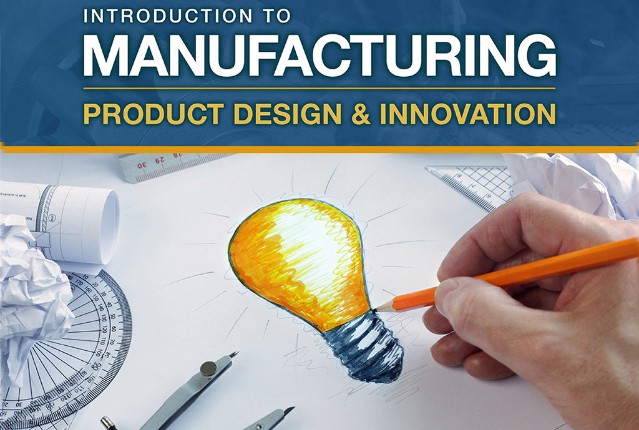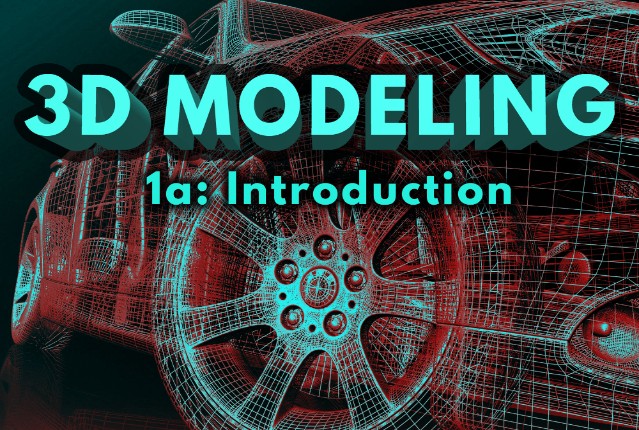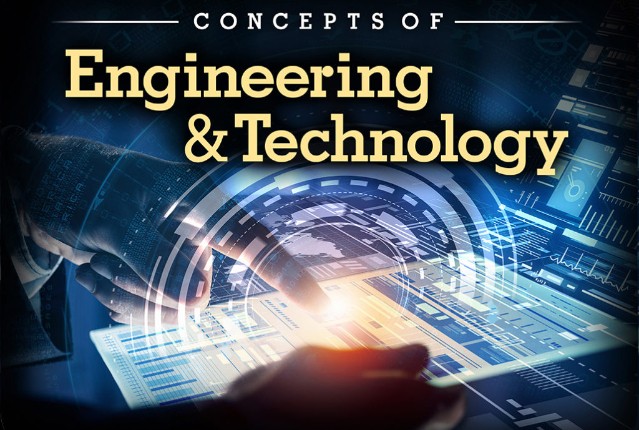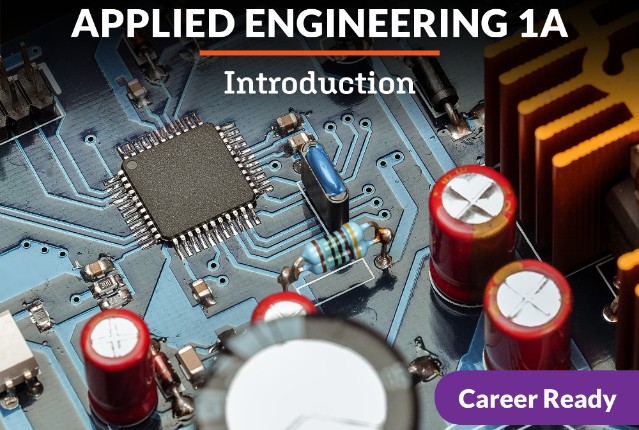
Introduction to Manufacturing: Product Design & Innovation
Have you ever wondered how products make it to store shelves? Goods we purchase must go through a manufacturing process before they can be marketed and sold. Learn about different types of manufacturing systems as well as career opportunities, including engineers, technicians, and supervisors. As a culminating project, you will plan your own manufacturing process and create an entirely original product! See how exciting, creative, and practical this industry can be.
Review course outlineAccess for a year
USD 299.00*
* Choose more courses to get a discount




